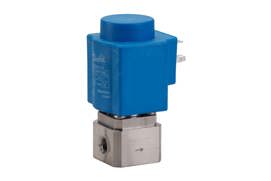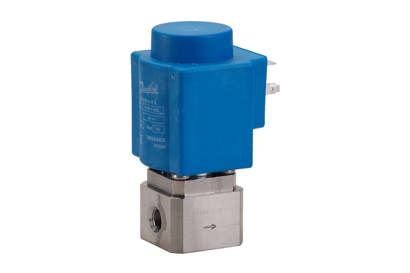More than 90 percent of global trade is transported by sea. As a ship's cargo is unloaded and loaded, ballast water is pumped in and out to maintain the vessel's stability – this equates to around 12 billion tons every year.
But ballast water from one ecological zone that's discharged into another can introduce invasive aquatic organisms. Without treatment, the impact on local biodiversity, the economy, and even the health of local communities can be significant.
It's why the International Maritime Organization (IMO) and relevant authorities in the USA require all ballast water to be treated prior to discharge to remove, kill or neutralize potentially harmful organisms.
The background
On 5th June 2018, the Techcross's latest BWMS – Electro-Cleen System (ECS) – became the first BWMS system in Korea to receive United States Coast Guard (USCG) approval.
ECS disinfects invasive marine organisms in ballast water with a single treatment of full-flow direct electrolysis while ballast water passes through the electro-chlorination unit (ECU). It uses total residual oxidant (TRO) which degrades over time and remains active in ballast tanks even after treatment, to prevent organisms from developing during a voyage.
The TRO sensor unit (TSU) measures the concentration of TRO produced by the ECU during ballasting. What's more, by monitoring TRO levels during de-ballasting, the automatic neutralization unit (ANU) can perform water treatment prior to discharge based on residual measurements.
The ANU measures and then neutralizes TRO to 0.1ppm in ballast water by automatically releasing the correct amount of neutralizing solution before discharge to avoid secondary contamination.
The challenge
Techcross used standard solenoid valves on its ANUs and TRUs to deliver ECU water circulation control. Over time however, the valve often suffered the effects of crystallization where small fragments blocked its armature, making it unable to perform correctly. And while water line cleaning could be used to free blockages, this was time-consuming and expensive to perform.

Techcross needed a way to prevent media buildup in its solenoid valves to prevent stoppages and unnecessary maintenance during operations at sea.
The solution
Techcross worked with Danfoss to create a solution which separates particle matter in the solenoid valve armature to prevent buildups from occurring.
We developed the EV212B solenoid valve with FKM isolating diaphragm to separate aggressive media between the valve flow and the armature. The diaphragm helps to eliminate the risk of corrosive media entering the armature's magnetic anchor. At Techcross' s request, we also developed a larger stainless-steel solenoid valve body.
The result
The main advantage of an isolating diaphragm solenoid valve is its extreme durability and performance in aggressive media applications.
By using the Danfoss EV212B in TSUs and ANUs, the life cycle of solenoid valves can be significantly extended, while also preventing corrosion and avoiding the build-up of contaminates which can block movement.
By using the EV212B solenoid valve, Techcross has eliminated line blockages and improved reliability in its ballast tanks.


Danfoss EV212B solenoid valves with FKM isolating diaphragm
About Techcross
Techcross is a leading global ballast water management system (BWMS) manufacturer. Its systems use electrolysis to treat invasive marine species in maritime ballast tanks.
The company achieved the world's first International Maritime Organization (IMO) Basic Approval for a BWMS.
Techcross is now upgrading its BWMS performance and expanding its global service network to provide its customers with the best possible support.
Learn more about Danfoss EV212B solenoid valves
-
if (isSmallPicture) {


 EV212B Solenoid valves with FKM isolating diaphragm 2/2-way direct-operated
EV212B Solenoid valves with FKM isolating diaphragm 2/2-way direct-operatedThe compact 2/2-way solenoid valve EV212B with an isolating diaphragm design ensures no fluid can enter the armature area meaning the valve can be used for aggressive fluids.



